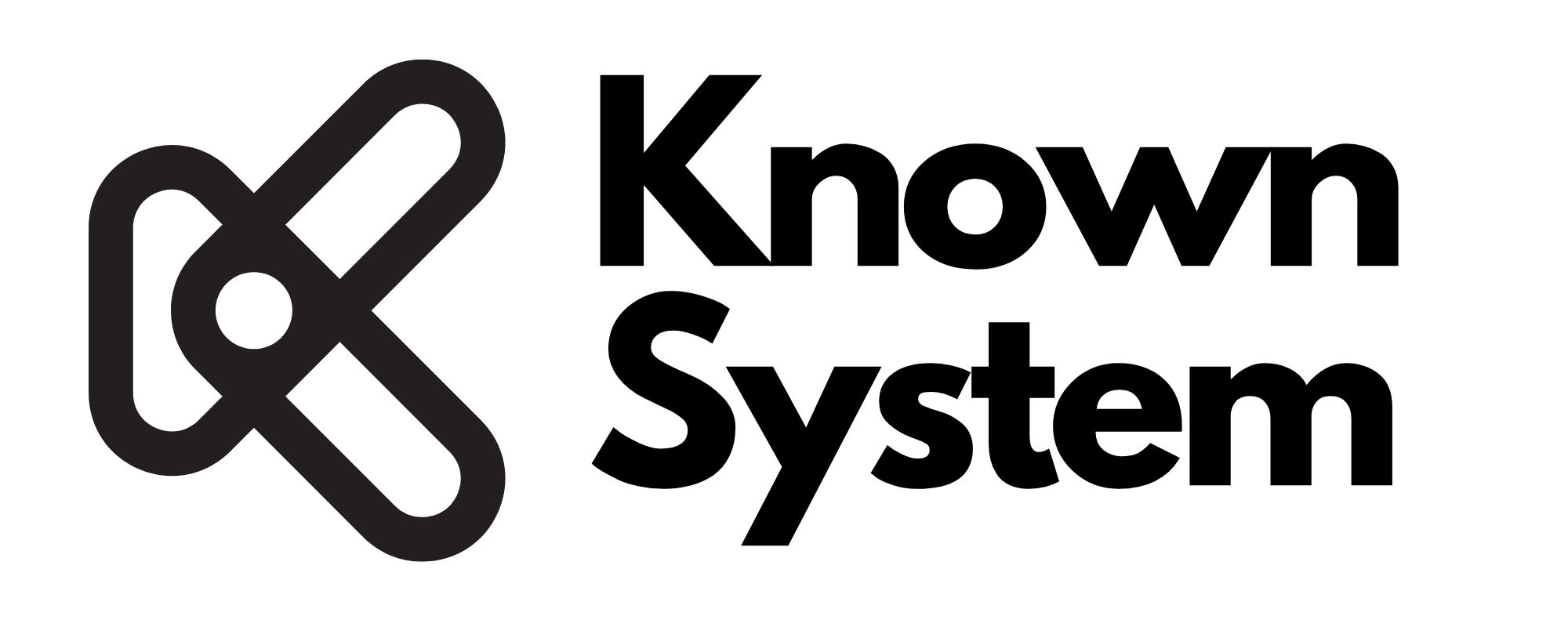Limitations of Current Technologies: Addressing the Gaps

Despite the remarkable advancements in technology, current systems and tools still face limitations that need to be addressed in order to improve user experience and drive innovation forward. These limitations often manifest in various forms, including accessibility issues, technical inefficiencies, and the inability to meet the demands of an increasingly complex world. Recognizing and addressing these gaps is essential for optimizing the potential of technology and ensuring it can meet the challenges of tomorrow.

One of the key limitations of current technologies is their accessibility. While many modern devices and software platforms are widely available, they are often not accessible to all users. Issues related to affordability, infrastructure, and digital literacy continue to create divides, particularly in developing regions. For example, high-speed internet remains a luxury in certain areas, limiting access to educational resources, job opportunities, and critical healthcare services. Similarly, many technology solutions require a certain level of expertise or technical know-how, which can exclude less experienced users. Addressing these gaps requires a focus on affordable solutions, inclusive designs, and initiatives that bridge the digital divide.

Another major challenge lies in the efficiency of current technologies. While tools like smartphones, laptops, and cloud computing have made life more convenient, they still face performance issues. For instance, despite the rapid growth in processing power, users often experience slow speeds, especially with complex software or large data sets. This can be frustrating, especially for those in sectors like research, finance, and creative industries, where speed and efficiency are crucial. Moreover, many technologies still struggle with maintaining consistent performance, leading to downtime, crashes, or software bugs. Addressing these issues requires continued improvements in hardware and software design, with a focus on reliability and seamless user experiences.

Security is another critical limitation in today's technology landscape. As more of our personal data is stored online, the risk of cyber threats has grown exponentially. Current systems are often vulnerable to hacking, data breaches, and ransomware attacks, which can have devastating consequences for individuals and organizations. While progress has been made in cybersecurity, these threats continue to evolve, and technology must stay ahead of increasingly sophisticated attacks. A more robust and proactive approach to security is necessary, with a focus on both preventative measures and quick responses to emerging threats.

Finally, many technologies still lack integration with each other, which can lead to inefficiencies and frustration. For example, in smart homes, different devices and platforms often do not communicate effectively with one another, requiring users to manage multiple apps or systems. A more cohesive approach to technology development, with a focus on interoperability, is essential to create seamless, user-friendly experiences. By addressing these limitations, we can ensure that technology continues to improve and deliver on its promises.

